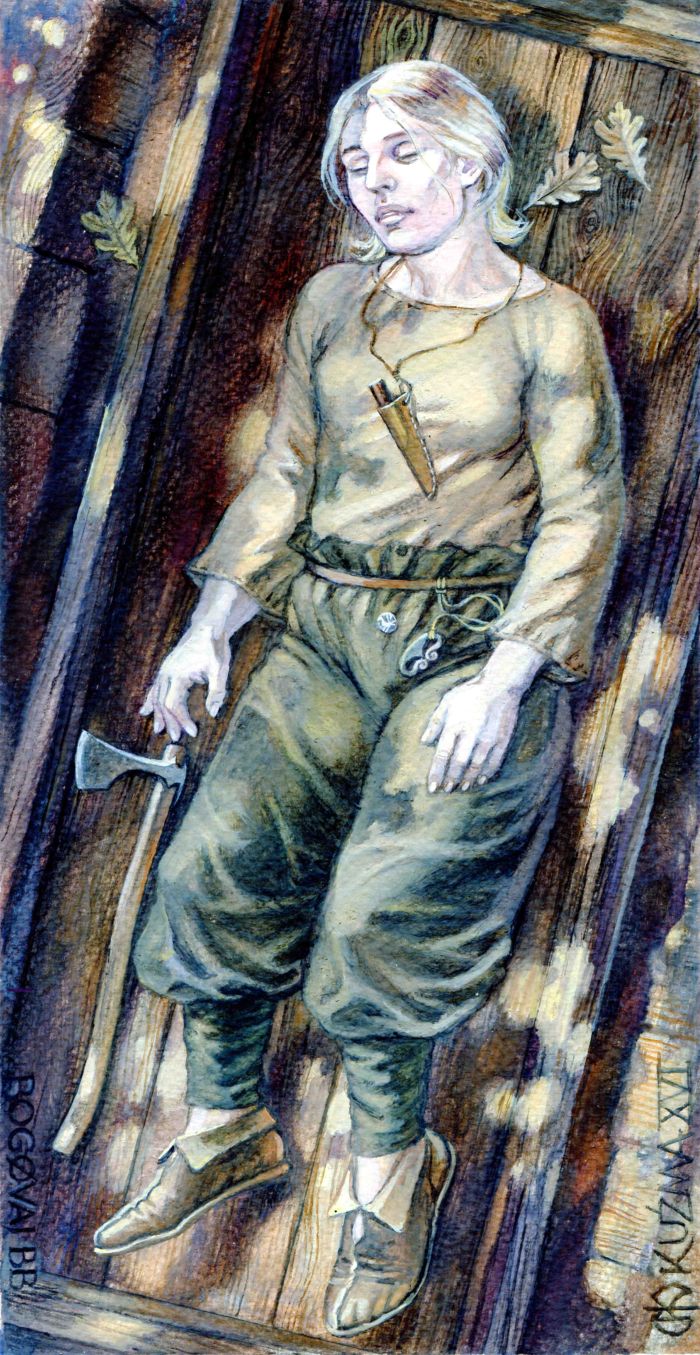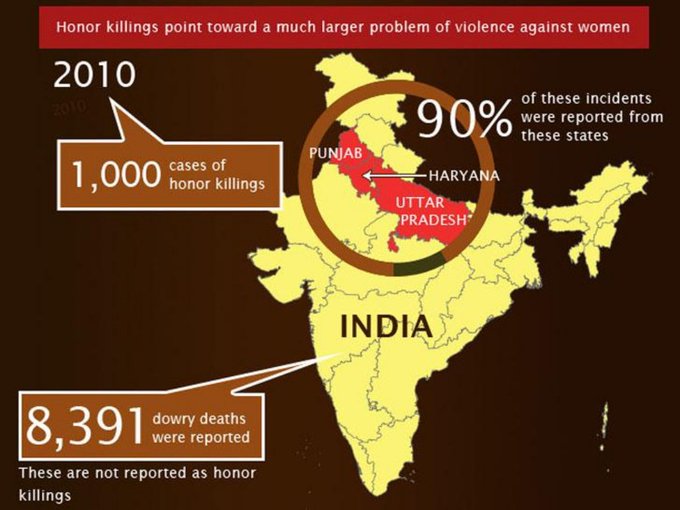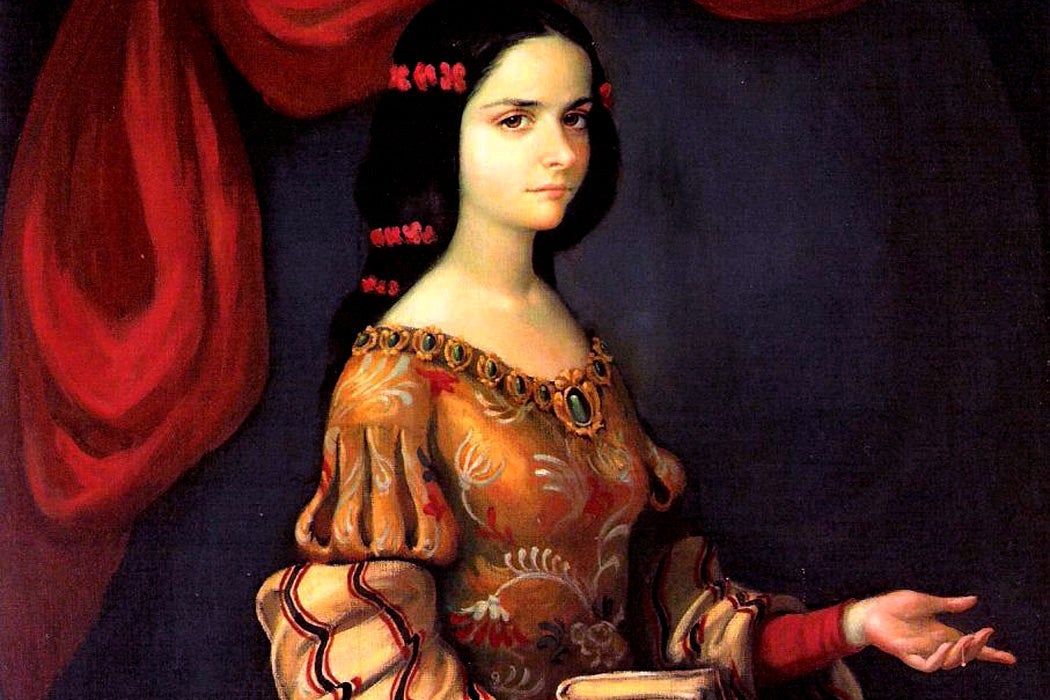 Militant Viking women have been popularised in recent years in mass culture by the popular TV series Vikings. Dr. Leszek Gardeła from the Department of Scandinavian Languages and Literatures at the University of Bonn decided to take a closer look at this little researched issue.
Militant Viking women have been popularised in recent years in mass culture by the popular TV series Vikings. Dr. Leszek Gardeła from the Department of Scandinavian Languages and Literatures at the University of Bonn decided to take a closer look at this little researched issue.According to the researcher, both the form of the burial - a chamber grave with an additional coffin - and the discovered weapon suggest that the deceased woman could originate from the territory of present-day Poland, therefore she could be a Slav. It is known that the burial is just over a thousand years old, as evidenced by an Arab coin from the 10th century found in the grave. The scientist emphasizes that it was the only grave in this cemetery that contained weapons.
"The presence of Slavic warriors in Denmark was more significant than previously thought; this image emerges from new research" - adds Dr. Gardeła and points out that the presence of a possible Slavic woman buried in a Danish cemetery is not necessarily surprising. "During the Middle Ages, this island was a melting pot of Slavic and Scandinavian elements" - the researcher emphasises.
read more here @ Science in Poland


